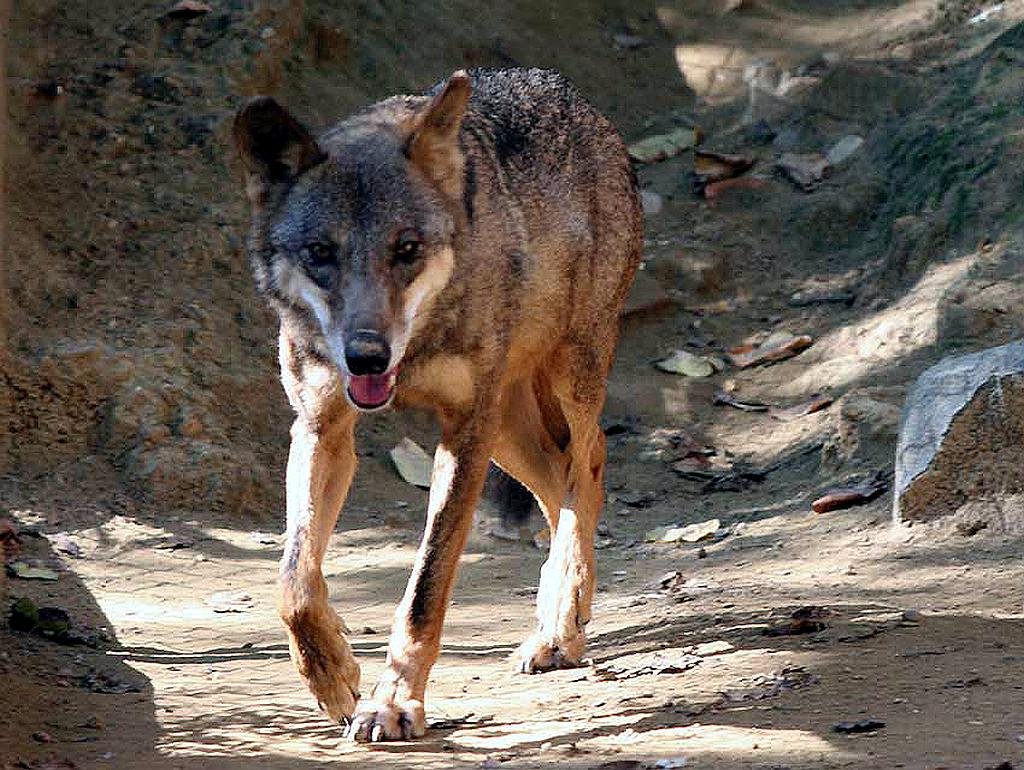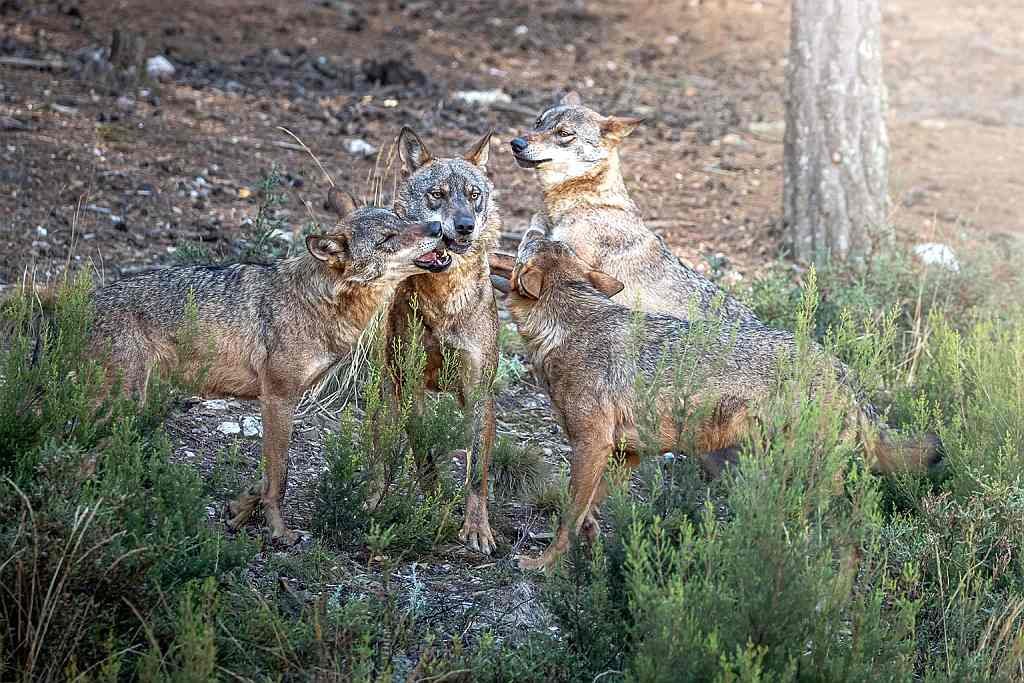Wildmoral Wildlife Tours offers a diverse range of nature tourism experiences across some of Spain’s most stunning landscapes. Their offerings include wildlife watching tours, photography-focused excursions, interpretive walking, dedicated wildlife trails, tracking days, and specialised photography courses. For families, they also provide engaging, nature-orientated activities designed to connect all ages with Spain’s rich flora and fauna. Whether you are an avid photographer, wildlife enthusiast, or simply looking for an immersive outdoor experience, Wildmoral ensures every adventure is memorable.
I’ve been living in this lovely area of Western Andalucia for the last 20 years or so and dedicate most of my time to the running of English language tourist information websites for the towns of Cádiz, Ronda, Grazalema, the famous or infamous Caminito del Rey, and also Wildside Holidays, which promotes sustainable and eco-friendly businesses running wildlife and walking holidays in Spain. My articles contain affiliate links that will help you reserve a hotel, bus, train or activity in the area. You don’t pay more, but by using them you do support this website. Thankyou!


